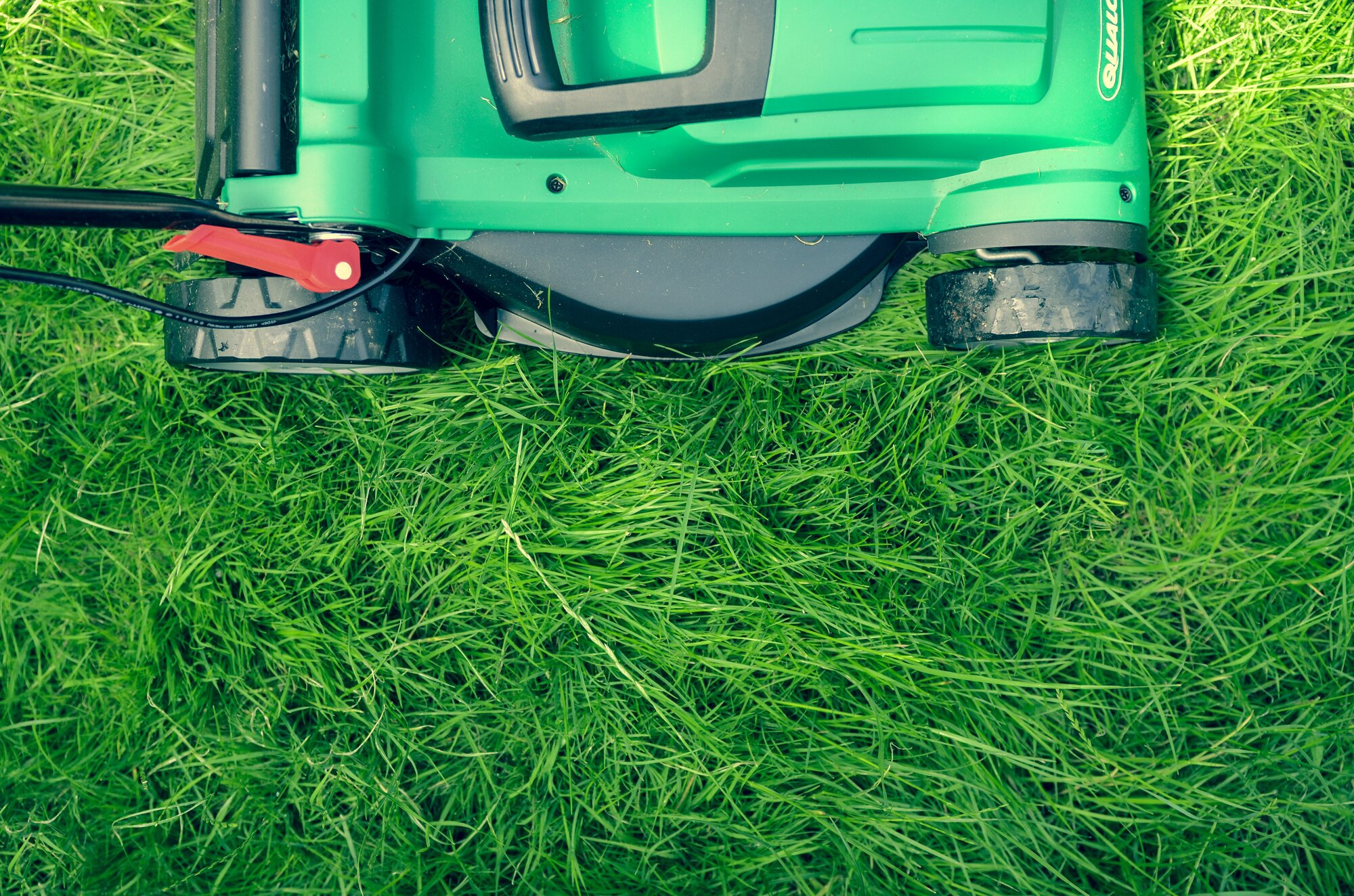Mower Robot for Vineyards
Achieving precise mowing between grape vines by implementing an autonomous mowing robot system.

Concept
In viticulture, vines are planted in proximity to each other, which makes conventional care for erosion protection challenging and expensive. The area between the vine, however, must be kept clear to provide plants with sufficient amounts of water and nutrients. To address this challenge, the Flagship Innovation Experiment (FIE) develops an autonomous mower robot with a central computation system that fuses and processes all sensor data for path planning. To cope with the rough terrain and varying soil conditions machines need to have a certain size which significantly increases their costs.
Implementation
This FIE thus strikes a balance between cost-efficiency and accurate plant detection to carry out precise mowing with the least possible impact on delicate ecosystems. Furthermore, a safety concept is developed to identify obstacles on top of haptic emergency bumpers. To achieve utmost precision for navigation, a visual odometry system is combined with existing GPS positioning. In contrast to conventional mowers, this mower robot’s autonomy allows it to mow as close as possible to the plants without damaging them unnecessarily. Full autonomy also implies that the robot needs to reach the charging infrastructure itself in order to work efficiently, all the while the FIE constantly evaluates the failure and effect analysis of the entire system.
Lessons learnt:
This FIE has achieved several results:
1. The main mower unit assembly and components were designed, purchased or in-house manufactured
2. The main platform was improved in terms of stability and adaptability.
3. The sensors and navigation system were implemented and tested on the zero prototype (this prototype is used to develop the navigation without mowing capabilities).
4. Outdoor tests have been performed.
However, some challenges were encountered:
1. Navigation: The navigation part has been altered several times to meet the requirements in vineyards.
2. Platform: The platform has had consecutive stages of development and was rebuilt.
3. Mower Unit: The lateral forces acting onto the platform caused a momentum about the vertical axis. That triggered a rotational movement on the whole system.
And from these specific challenges, some lessons have been learnt:
1. Tracks should be preferred over wheels
2. For navigation a SLAM algorithm is to complex. A simpler model meets the requirements.
3. Chassis: Aluminium profiles are advantageous due to their flexibility of adjusting and fixing parts.

